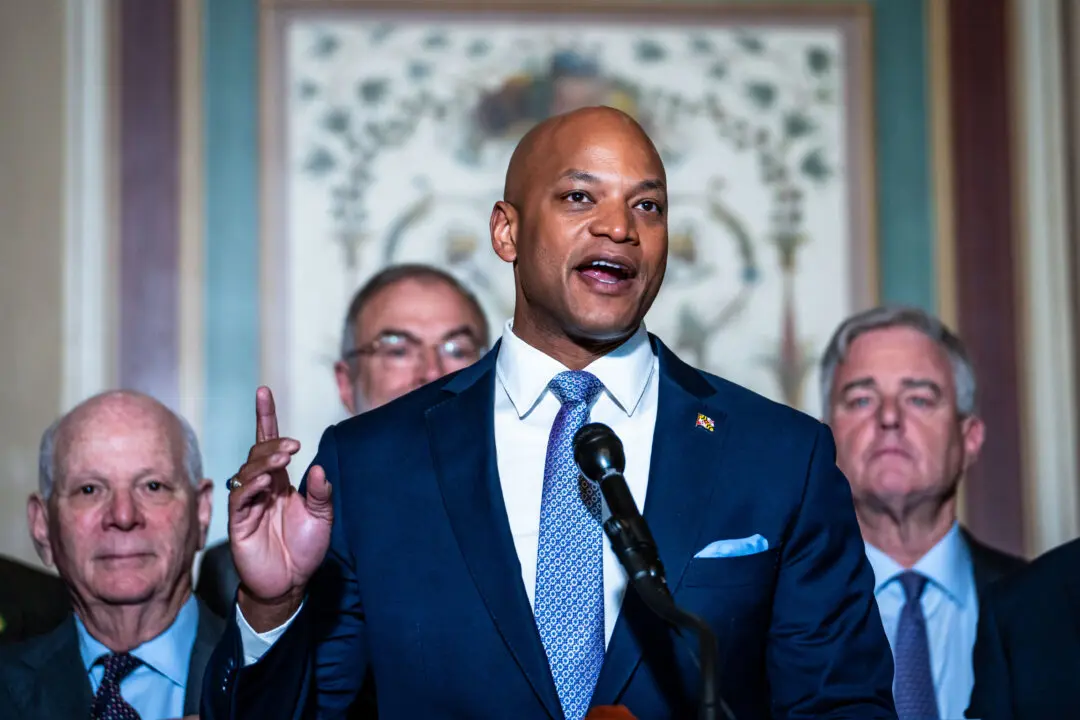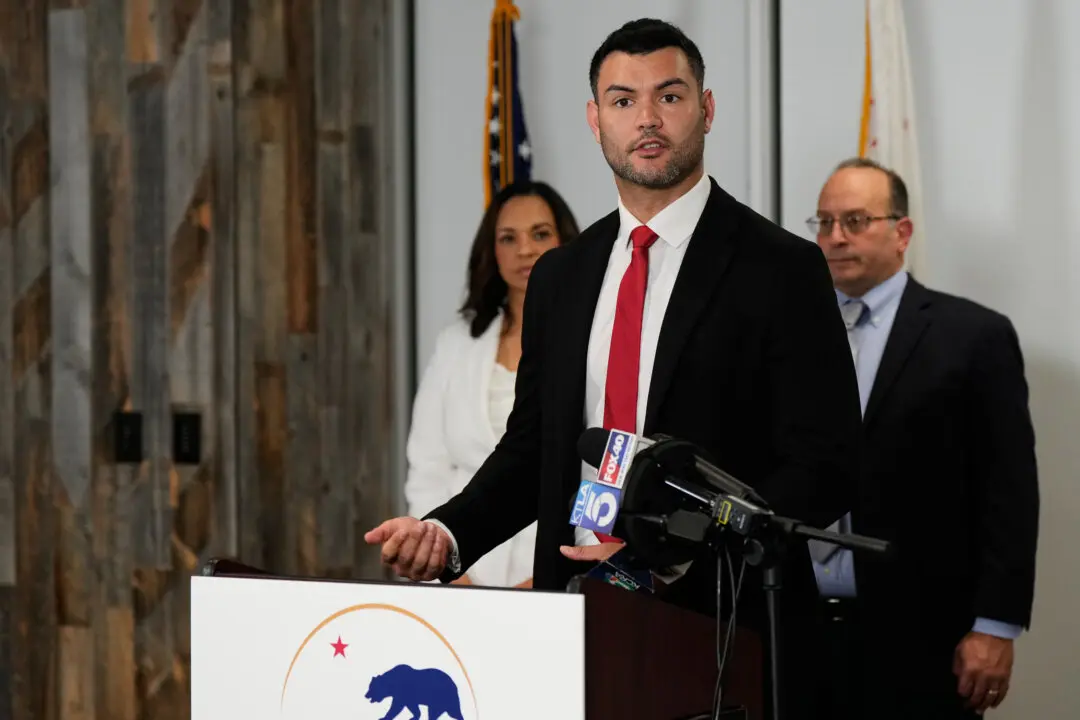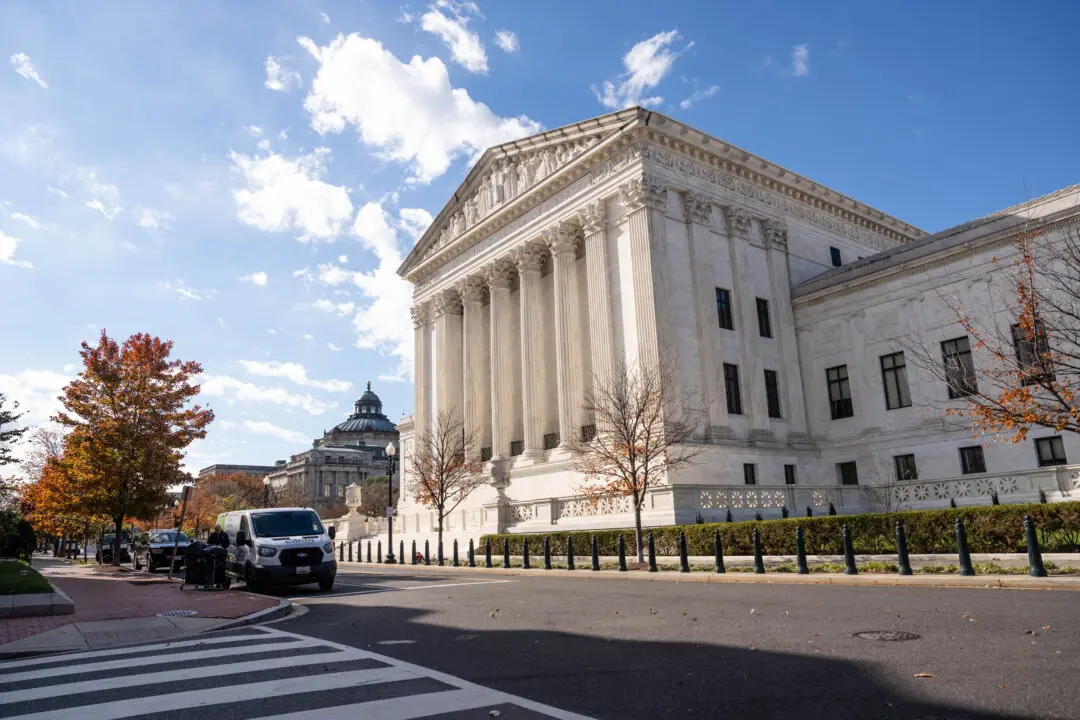WASHINGTON—The Supreme Court decided June 3 to consider whether managers of a retirement fund for IBM employees who invested in IBM stock can be sued for not disclosing that the company’s microelectronics business was overvalued.
The high court granted the petition for certiorari in a case known as Retirement Plans Committee of IBM v. Jander, an appeal from a December 2018 decision by the New York-based 2nd Circuit Court of Appeals. IBM, short for International Business Machines Corp., of Armonk, New York, is not a party to the proceeding, but its executives were members of the committee that is a party. The case is likely to be heard in the fall.





